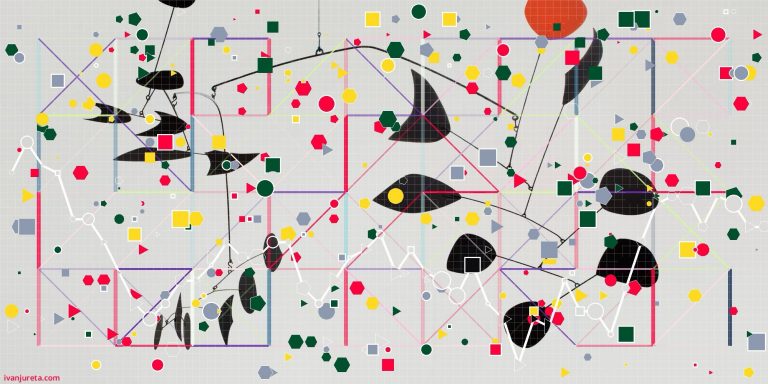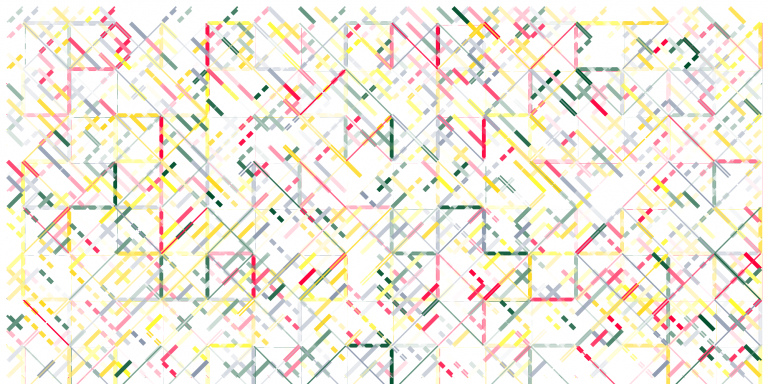Reputation Mechanisms: Spot vs. Repeated Transactions

Reputation mechanisms for spot transactions must focus on immediate trust cues, while mechanisms for repeated transactions should emphasize long-term behavioral consistency and relationship building.
Why this matters?
Understanding the difference between spot and repeated transactions is essential when designing a reputation mechanism because each type requires different signals, incentives, and enforcement strategies. Spot transactions are one-off interactions—think hiring a freelancer for a single and well defined and routine task or buying from a seller you’ll never meet again. In these cases, trust must be quickly established and risk minimized. Repeated transactions, by contrast, unfold over time—like supplier relationships, long-term contracts, or service subscriptions—where the history of interaction becomes a key input into future behavior.
Using the same mechanism for both types of transaction often leads to mismatches. For example, showing a vendor’s long-term average rating (good for repeated contexts) may not make a difference in a one-off purchase where recent or context-specific performance matters more. Conversely, mechanisms designed only for short-term trust generation may fail to reward long-term cooperation or penalize subtle patterns of misconduct.
This text is part of the series on decision governance. Decision Governance is concerned with how to improve the quality of decisions by changing the context, process, data, and tools (including AI) used to make decisions. Understanding decision governance empowers decision makers and decision stakeholders to improve how they make decisions with others. Start with “What is Decision Governance?” and find all texts on decision governance here.
What to do about it?
For Spot Transactions:
- Use high-resolution, recent signals. Because there is no history of interaction and no expectation of future dealings, buyers and sellers rely heavily on snapshots: recent reviews, verified credentials, platform-assigned badges, or third-party verifications.
- Weight feedback recency and context. A seller’s behavior may shift, and older feedback becomes less useful. Algorithms should prioritize time- and product-relevant evaluations.
- Integrate pre-transaction safeguards. Escrow services, identity verification, and automated quality checks are essential. Reputation alone is often insufficient to ensure trust.
- Discourage strategic misrepresentation. When actors know they won’t meet again, there’s a greater temptation to mislead. Strict platform enforcement and deterrence mechanisms (e.g., penalties, blacklisting) become more important.
For Repeated Transactions:
- Track and expose long-term behavior. Repeated interactions allow the use of cumulative reputation metrics. These can include reliability scores, completion rates, and patterns of cooperation over time.
- Enable relationship-specific feedback. Mechanisms like mutual ratings, dispute resolution logs, or partner dashboards help agents adjust behavior in ongoing relationships and detect strategic exploitation.
- Reward consistency and recovery. Make it possible to regain reputation after temporary setbacks. This promotes accountability and long-term commitment, rather than short-term optimization.
- Design for reputation accumulation and decay. A fair system must ensure that agents cannot “coast” on old reputation or be permanently punished for past errors. Time-weighted ratings and decay functions help achieve this balance.
In short, designing effective reputation mechanisms requires aligning the structure of the mechanism to the nature of the transaction. Spot transactions benefit from strong pre-transaction assurances and recent, verifiable information, while repeated transactions require mechanisms that track and influence behavior over time.
References
- Kreps, D. M., Milgrom, P., Roberts, J., & Wilson, R. (1982). “Rational cooperation in the finitely repeated prisoners’ dilemma.” Journal of Economic Theory.
- Bolton, G., Greiner, B., & Ockenfels, A. (2013). “Engineering trust: Reciprocity in the production of reputation information.” Management Science.
- Dellarocas, C. (2005). “Reputation mechanism design in online trading environments with pure moral hazard.” Information Systems Research.





